Students at the lowest scoring township and small city schools in Marion County struggled mightily with the tough new ISTEP exam.
The merged city of Indianapolis and Marion County includes 11 separate school districts — Indianapolis Public Schools, eight township school districts and the small cities of Speedway and Beech Grove.
In those districts, are many schools where students posted top scores on the state’s ISTEP exam. Chalkbeat last week listed the ten township schools that had the highest percentage of students passing ISTEP last year. The ranking was part of a series of stories that have revealed the top 10 IPS schools, the bottom 10 IPS schools, the top-ten charter schools in the city, lowest-scoring charter schools and top-rated township or small city schools.
This week, we’re listing the ten township or small city schools that had the lowest percentage of students who passed the exam.
These schools weren’t alone in seeing dramatic drops in scores between 2014 and 2015. The average Indiana school saw its passing score drop by 19 percentage points. But the ten schools at the bottom of the township and small school list saw their scores go down by much more than the state average drop.
All of them had passing rates well below the state average of 52.6 percent, and in several cases their passing rates were about half the state average.
As in past years, schools with high poverty and students with other barriers to learning struggled on standardized state tests.
All of the bottom 10 schools had more than the state average of 47.2 percent of students who come from families that are poor enough to qualify for free or reduced-price lunch. To qualify, a family of four cannot earn more than $44,863 annually.
Several of the lowest-scoring schools also had larger shares than the state averages of students in special education and or who were English language learners. The state averages in 2014-15 were 15 percent and 5 percent. Here’s the list:
Guion Creek Middle School
Guion Creek Middle School in Pike Township was on this list last year, and returned after its passing percentage on ISTEP dropped 24 percentage points to 30.7, ending three years of improved ISTEP passing rates.

The school serves about 902 students in grades 6 to 8. Of them, 57 percent are black, 35 percent are Hispanic and 4 percent are white.
About 25 percent of students were English language learners and 14 percent were in special education in 2015-16, the last year for which data was available.
About 76 percent of students who attend Guion Creek come from families that are poor enough to qualify for free or reduced-price lunch, meaning their families earn less than $44,863 in income annually for a family of four.
Brook Park Elementary School, Lawrence Township
Brook Park Elementary School almost got off this list in 2015. The prior year, the Lawrence Township school had the lowest passing rate outside of IPS of any traditional elementary school in Marion County.
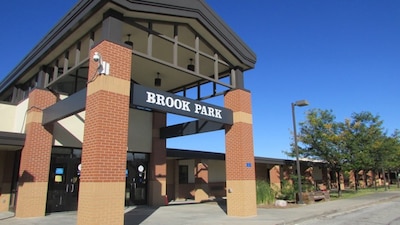
Brook Park moved up the ranking slightly in 2015 because it held steady on the new, tougher ISTEP. About 31 percent of its students passed the test, down 19 points from last year. That was the same drop as the average Indiana school while other township schools showed larger declines.
The school serves about 650 students in grades 1-6. The school had seen three years of improving test scores before the the 2015 test changes.
About 85 percent of students come from families that are poor enough to qualify for free and reduced-price lunch. About 61 percent of students are black, 19 percent are Hispanic and 14 are percent white. About 14 percent of students who took the exam were English-language learners and 13 percent were in special education in 2014-15, the last year for which data is available.
Rhoades Elementary School, Wayne Township
An enormous drop of 33 percentage points — much larger than that of the average Indiana school — landed Rhoades Elementary School a place on the bottom 10 list last year.
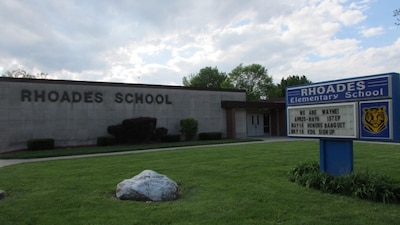
The Wayne Township school has very high percentage of students who live in poverty — 88 percent of its students qualify for free or reduced-price lunch. The school is very diverse.
About 38 percent of the 787 students who attend Rhoades Elementary School in grades K-6 are white, 30 percent are black and 23 percent are Hispanic.
About 8 percent of students were in special education and 18 percent were English language learners in 2014-15, the last year for which data is available.
Westlake Elementary School, Wayne Township
The tougher new ISTEP test hit several Wayne Township schools hard, Westlake Elementary School among them.
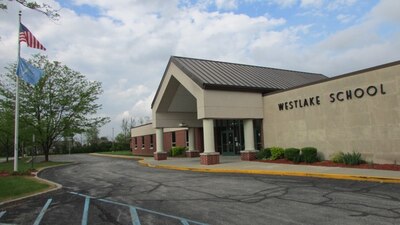
About 29 percent of students passed the 2015 test, down 32 percentage points from the prior year.
Westlake’s enrollment includes about 75 percent of students who come from families that are poor enough to qualify for free or reduced-price lunch.
The school which has about 795 students in grades K-6, also serves a diverse population. About 37 percent of students are Hispanic, 34 percent are black and 23 percent are white.
About 12 percent of students were in special education and a huge 31 percent were English language learners in 2014-15, the last year for which data is available.
North Wayne Elementary School, Wayne Township
A 34 percentage point slide in the percentage of student passing ISTEP dropped North Wayne Elementary School into the bottom 10.
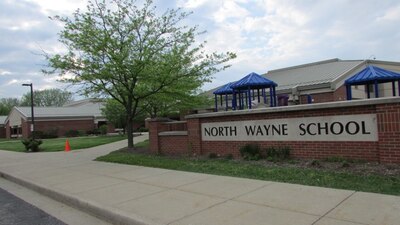
About 29 percent of students passed the test in 2015, down from 63 percent the prior year.
A large school, North Wayne serves 936 students in grades K-6. Schoolwide, roughly 75 percent of students qualify for free or reduced-price lunch.
About 57 percent of students are black, 31 percent are Hispanic and and 6 percent are white.
About 9 percent of students were in special education and 26 percent were learning English as a new language in 2014-15, the last year for which data were available.
Decatur Township School of Excellence
The Decatur Township School of Excellence was designed to tailor learning to individual middle and high school students as an alternative for those who feel like they didn’t fit well in traditional schools. But the district-run school in Decatur Township struggled on the new ISTEP.
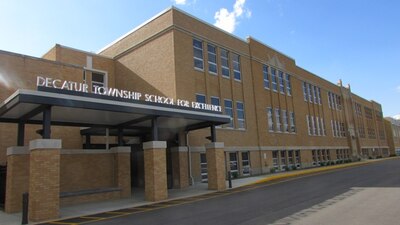
Its 29 percent passing rate for students in seventh and eighth grade was down 31 percentage points from the prior year, placing the school in the bottom 10.
The school serves about 166 students in grades 7-12. About 63 percent qualify for free or reduced-price lunch.
About 85 percent of the school’s students are white, 7 percent are black and 5 percent are Hispanic.
About 19 percent were in special education and 3 percent were learning English as a new language in 2014-15, the last year for which data was available.
Stonybrook Intermediate Academy, Warren Township
Warren township’s Stonybrook Intermediate Academy continued to struggle on ISTEP in 2015, keeping it on the bottom 10 list.

About 28 percent of its students passed the tougher ISTEP, down 29 percentage point from the prior year. The school has struggled on ISTEP for several years.
Serving 576 students in grades 5 and 6, the school emphasizes hands-on learning and using technology in lessons.
About 83 percent of the school’s students come from families that are poor enough to qualify for free or reduced-price lunch. The school is about 65 percent black, 15 percent Hispanic and 12 percent white.
Students in special education made up about 19 percent of students while about 8 percent of students were English-language learners in 2014-15, the last year for which data was available.
Sunny Heights Elementary School, Warren Township
A bigger than average drop in its ISTEP passing rate put Sunny Heights Elementary School back on the list of lowest-scoring township and small city schools in 2015.

About 28 percent passed, down 26 percentage points from the prior year. It continued a long test performance slide for the Warren Township school, which was rated an A by the state in 2011 and featured by the Indianapolis Star as one of “five schools that beat the odds.”
About 478 students in grades K-4 attend the school. About 65 percent of students are black, 17 percent are Hispanic and 7 percent are white. About 75 percent of students come from families that are poor enough to qualify for free and reduced-price lunch.
About 15 percent were English-language learners, triple the state average and about 8 percent were in special education in 2014-15, the last year for which data was available.
The district last year began a new effort to improve the school, including a new principal.
Lincoln Middle School, Pike Township
Another school with a bigger than average drop on its ISTEP passing rate in 2015 was Lincoln Middle School in Pike Township.
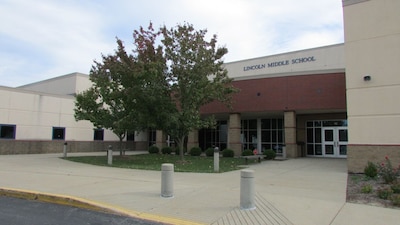
About 26 percent of the school’s 841 students in grades 6-8 passed the test, down 26 percentage points from the prior year.
About 74 percent of the school’s students come from families that are poor enough to qualify for free and reduced-price lunch,
About 62 percent of the students are black, 24 percent are Hispanic and 6 percent are white.
About 18 percent of students were English-language learners and 16 percent were in special education in 2014-15, the last year for which data was available.
Snacks Crossing Elementary School, Pike Township
A huge 47-percentage point drop on its ISTEP passing rate put Snacks Crossing Elementary School at the bottom of this list even though it did not appear among the bottom 10 schools last year.

Just 24.8 percent passed the test in 2015, down from almost 72 percent the prior year.
Snacks Crossing has 569 students enrolled in grades K to 5. About 69 percent of students come from families that are poor enough to qualify for free or reduced-price lunch.
About 71 percent of the school’s students are black, 20 percent are Hispanic and 4 percent are white.
About 20 percent of students were in special education and 19 percent were learning English as a new language in 2014-15, the last year for which data is available.


